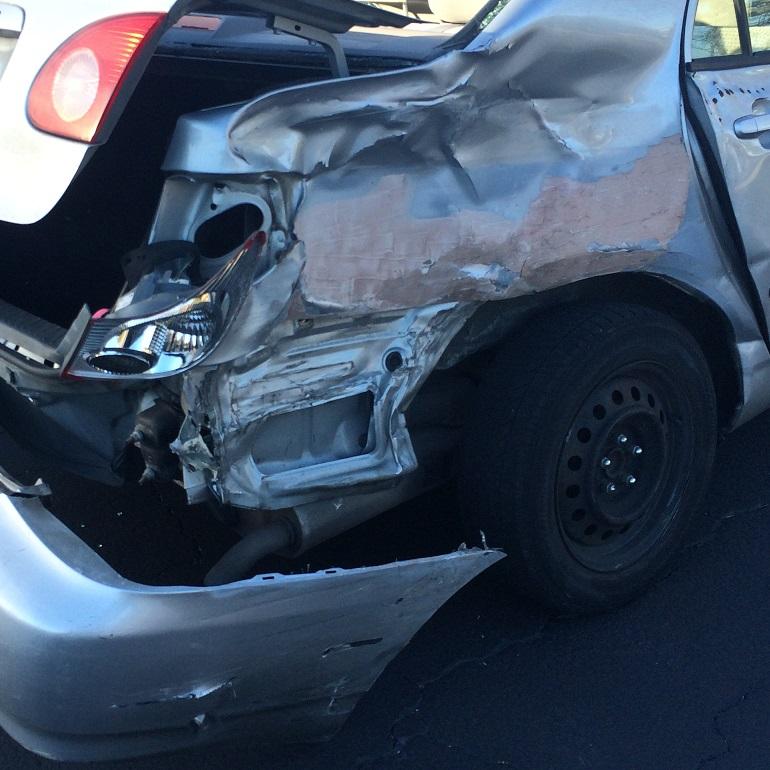- Free Initial Consultation: (954) 761-3641 Tap Here To Call Us
Gores v. Miller – Use Caution in Car Accident Settlement Releases

When entering into a car accident settlement, crash victims must make sure the language of the agreement is carefully reviewed. Some agreements contain provisions that release not only the person or entity involved, but also all future defendants, even if those have not yet been identified.
Make sure to ask the personal injury lawyer negotiating your settlement about this possibility, and carefully read the document yourself before signing off.
The case of Gores v. Miller is a cautionary tale. This was a case recently before the South Dakota Supreme Court, but the principles are still applicable to accident victims in South Florida.more
According to court records, the case began with a car accident in which a 15-year-old girl, a passenger in a vehicle driven by another teen, was seriously injured. Her mother was the plaintiff, who initially took action against the other teen, who was driving his mother’s vehicle and who was covered under his mother’s auto insurance policy.
In a settlement agreement reached in that case, plaintiff received the $25,000 limit of the driver’s car insurance policy. She also received benefits under her own underinsured motorist coverage, and the total amount of benefits recovered was $100,000. The language of that settlement agreement specifically stated plaintiffs “forever discharged” not only the named defendant, heirs, executors, administrators and agents, but also, “all other persons, firms or corporations who might be claimed to be liable… from any and all claims, demands, damages, actions, causes of action or suits of any kind or nature whatsoever… from all injuries… which have resulted or may in the future develop from (the accident).“
Subsequent to signing this agreement, plaintiff filed a lawsuit against the doctor who had treated her daughter after the crash. The emergency room physician treated lacerations on the teen’s arm. These were deep wounds, and the doctor conducted a skin graft on the girl. Treatment occurred immediately after the crash, but also continued over the next several months.
Plaintiff alleged the skin graft was not done properly. She also alleged the doctor failed to properly instruct the girl on how she was supposed to care for her wounds. Had the doctor’s standard of care been adequate, plaintiff alleged, the girl would have healed better and more quickly.
Defendant doctor denied these claims, but also filed a motion for summary judgment, on the grounds the release previously signed by plaintiff released her of any liability – even if she would have otherwise been liable.
Trial court granted that motion and plaintiff appealed.
In its review, the South Dakota Supreme Court, the court noted a release is a contract. If a contract is not ambiguous, then it’s enforceable. Further, if the language is unambiguous, then neither the subjective intent or failure to obtain full satisfaction from that settlement is going to matter.
Here, the doctor treated plaintiff’s daughter for injuries obtained in the accident. Therefore, the medical malpractice claim “arose from” the accident. Based on the language of the agreement, any liability medical malpractice on the part of the doctor in this case was discharged in the release.
Call Fort Lauderdale Injury Attorney Richard Ansara at (954) 761-4011. Serving Broward, Miami-Dade and Palm Beach counties.
Additional Resources:
Gores v. Miller , Feb. 3, 2016, South Dakota Supreme Court
More Blog Entries:
Methadone Clinic, Doctor, Settle Drugged Driving Crash Case for $8M, Feb. 6, 2016, Fort Lauderdale Injury Attorney Blog













